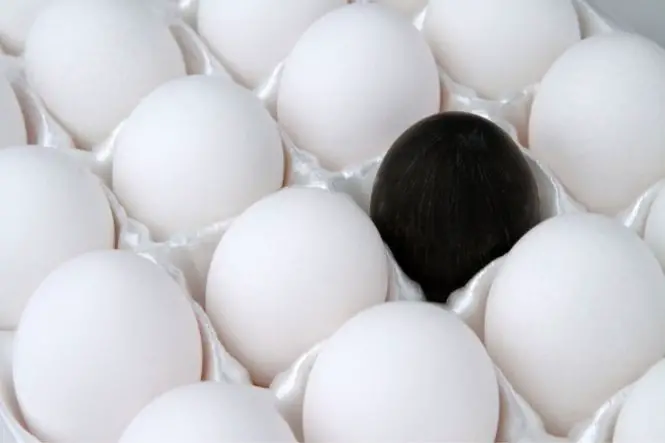People seem to remember many things by their colour – a red bus, their blue car, a friend’s house with a yellow door. An image in colour seems more vivid and easier to remember, but does colour actually change how people remember things?
Experiments show that colour seems to help people process and store images in their brains, and remember them as well.
Remembering colour may be important because through the development of human kind it has helped people to find food, such as ripe red fruit in green trees, remember what things are dangerous, such as poisonous berries or mushrooms, or things that sting, like wasps, as well as helping to learn their way around new places. Because colour helps memory, it allows people to recognise familiar things and faces, and to learn about new places and new things.
Use of Colour
Advertisers use colour in magazines and newspapers because people remember coloured advertisements for longer than black and white ones. Colours also help people remember brands – for example the red of the Coca-Cola brand.
Tried and Tested
Make up a set of cards with coloured pictures on them, and then a second set of cards with the same pictures, but in black and white. Let someone look at the coloured pictures for a minute, and then turn the cards over. Name the pictures one by one and ask the person to find the pictures. How long does it take to find them all? Try it again with black and white pictures – does it take a longer or shorter time? Try it again with a few people – do some people find it easier than others do? Are there any differences between males and females, or children and adults?
Make two lists of words, with the words in black on white paper on one list and in different colours on white paper on the other list. Let someone look at the words in black on white paper for a minute, and then take the list away. Ask them to remember as many words as they can. How many words can they remember? Try it again with the list of words in colour on white paper – can they remember more or fewer words? Try it again with a few people – do some people find it easier than others do? Are there any differences between males and females, or children and adults? Are there some colours that make it easier than others do?
Try this again, comparing words in black on white paper and words in colour on white paper – does the colour of the paper make any difference?
In an experiment where students were given lists of words in different coloured envelopes and asked to remember the words, the colour of the envelope did not seem to make any difference in the number of words they remembered. This may have been because they didn’t look at the colours for long enough, or that different colours might have had more effect.







